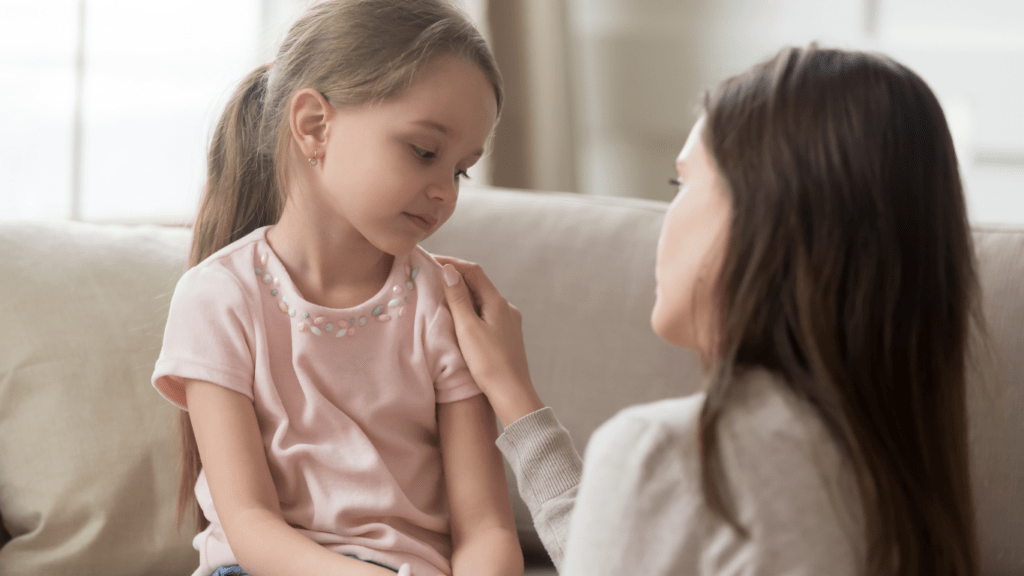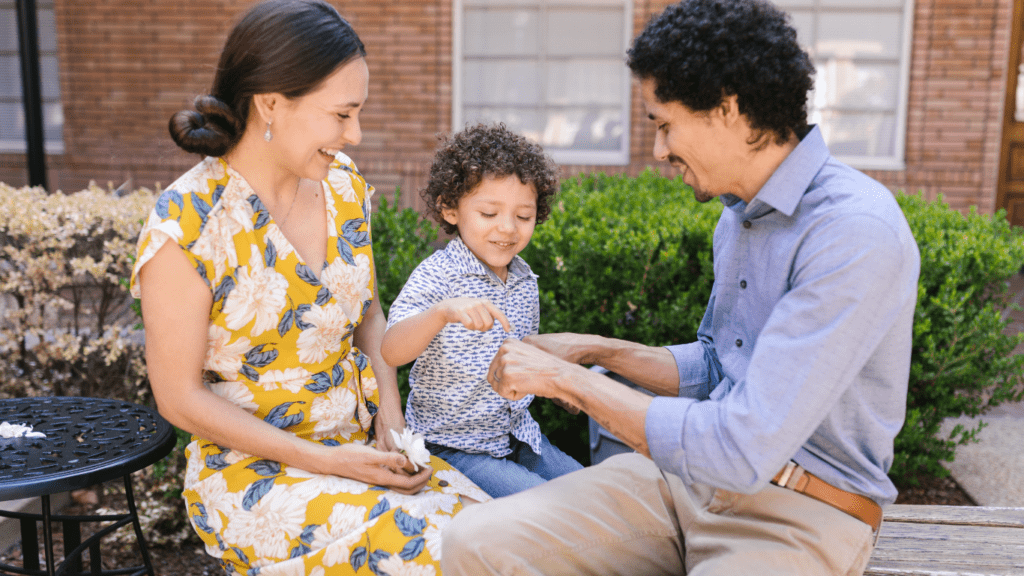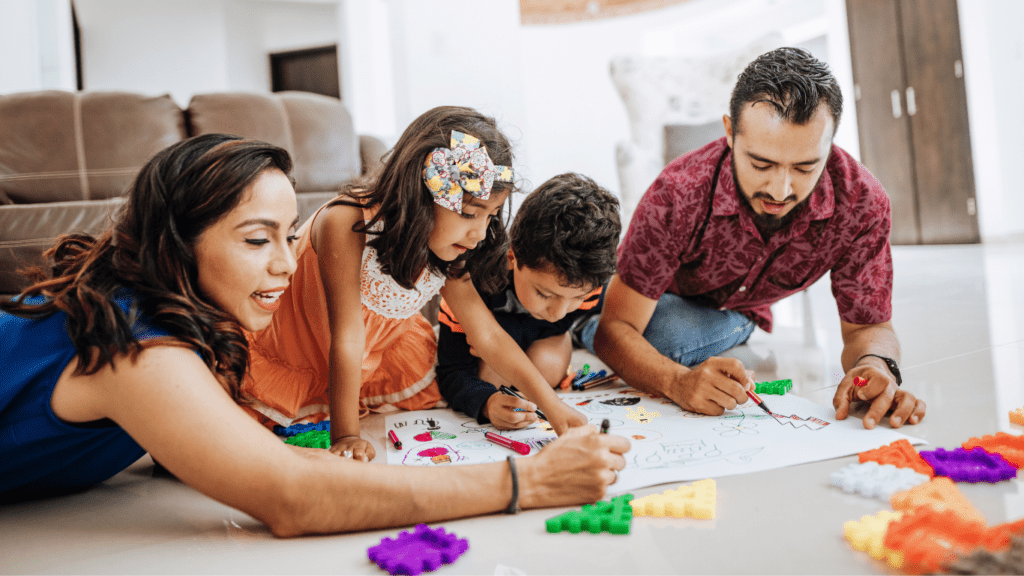Understanding Emotional Wellness In Childhood
Emotional wellness in childhood forms the foundation for healthier coping mechanisms, better relationships, and lifelong well-being. Developing these skills early enhances a child’s ability to manage stress and adapt to change.
Why Emotional Wellness Matters
Emotional wellness affects how children identify, understand, and express their emotions. It directly influences their self-esteem, mental health, and social interactions. A child with strong emotional wellness can regulate emotions effectively, reducing the risk of anxiety or depression as they grow. For instance, they might handle disagreements with friends calmly or seek help when feeling overwhelmed. In contrast, children without this foundation may struggle with self-control or experience heightened emotional distress.
Key Components of Emotional Wellness in Children
- Self-Awareness: Awareness of feelings builds emotional intelligence. For example, recognizing anger helps children decide how to respond rather than reacting impulsively.
- Emotional Regulation: Managing responses to emotions like frustration or excitement allows kids to approach challenges calmly, avoiding unhealthy reactions like yelling or withdrawal.
- Empathy: Understanding others’ emotions fosters connection and kindness. Empathy helps children support peers facing difficult emotions or celebrate positive moments together.
- Resilience: Learning to bounce back from setbacks strengthens confidence. For example, a child might view a poor test result as motivation to improve rather than as a failure.
Each component interlinks, shaping how children perceive and respond to the world around them.
The Role Of Parents And Caregivers

Parents and caregivers play a pivotal role in shaping a child’s emotional wellness. Through intentional actions and consistent support, they create the foundation for resilience and emotional growth.
Building Strong Parent-Child Connections
Building trust and emotional security begins with fostering meaningful connections. I focus on spending quality time with children through activities like reading, playing, or having conversations. These interactions help children feel valued and understood, reinforcing their sense of belonging. Active listening is key; when I acknowledge children’s feelings without judgment, it strengthens their ability to express emotions openly.
Open communication also builds stronger bonds. I encourage asking questions about their day and discussing feelings to create a safe space for emotional expression. Consistent availability and attention reinforce the connection, especially during times of stress or emotional upheaval.
Modeling Healthy Emotional Responses
Children learn by observing how adults manage emotions. When I handle frustration calmly or practice problem-solving during conflicts, it demonstrates constructive ways to deal with challenges. Expressing emotions like sadness or joy authentically shows children that all feelings are valid, helping them develop emotional intelligence.
I also address emotions with clear explanations. For instance, if I feel overwhelmed, I explain why and show how I use coping strategies like deep breathing. This teaches children practical tools for regulating their emotions while normalizing vulnerability and problem-solving. Parents and caregivers who model empathy, patience, and self-awareness guide children toward healthier emotional behavior.
Tips For Nurturing Resilience Early On
Resilience in childhood lays the groundwork for managing stress and embracing life’s challenges. I focus on practical strategies that foster emotional strength and adaptability.
Encouraging Open Communication
Creating a space where children feel heard encourages emotional transparency. I ask open-ended questions like, “How did that make you feel?” instead of yes-or-no inquiries. By listening without judgment, I reinforce trust and help children articulate their emotions more effectively. I also validate their feelings, ensuring they know their emotions are important and manageable.
Teaching Problem-Solving Skills
Problem-solving helps children develop confidence and independence. I guide them to brainstorm potential solutions when challenges arise, asking questions like, “What do you think you could do differently next time?” This encourages critical thinking and adaptability. For younger children, I might use stories or role-play scenarios to teach these skills in an engaging way.
Promoting Healthy Coping Mechanisms
Coping mechanisms help children manage stress constructively. I introduce activities like deep breathing, journaling, or drawing to manage overwhelming emotions. Encouraging physical activities such as sports or outdoor play also supports emotional regulation. For example, I may suggest a nature walk after a stressful day to help them relax and reset.
Supporting Positive Peer Relationships
Strong peer relationships boost social skills and emotional resilience. I encourage children to engage in group activities, such as team sports or hobby-based clubs, where collaboration and cooperation thrive. I also help them resolve conflicts by discussing fair and empathetic solutions, using phrases like, “How can we make sure everyone’s feelings are respected?” These interactions build trust, patience, and empathy.
The Impact Of Environment On Emotional Wellness
Children’s emotional wellness thrives in environments that promote:
- safety
- connection
- support
The surroundings children grow up in shape their ability to regulate emotions, handle stress, and build resilience.
Creating A Safe And Nurturing Home
A home environment focused on safety and support is fundamental for emotional growth. Children feel secure and valued when their caregivers offer consistent love, attention, and understanding. Recognizing and validating their emotions helps them develop emotional language and self-awareness. For example, acknowledging sadness with phrases like “I see you’re feeling upset” encourages emotional expression.
Positive routines, such as predictable schedules and shared family activities, foster stability. These structures help children feel equipped to manage challenges. Additionally, limiting exposure to prolonged stressors, like parental conflict or chaotic environments, reduces emotional strain and promotes psychological well-being.
The Role Of Schools And Communities
Supportive schools and communities bolster children’s emotional resilience. Schools contribute to emotional wellness by teaching social-emotional learning (SEL) skills. Programs focusing on self-regulation, empathy, and peer collaboration provide children with tools to manage emotions effectively. For instance, classroom activities encouraging teamwork can strengthen problem-solving abilities and interpersonal connections.
Communities offering safe spaces and access to mental health resources enhance children’s ability to cope with stress. Activities such as after-school programs, mentorship opportunities, and group events encourage social belonging and emotional growth. A child with a strong support network in their community develops confidence in navigating complex emotional situations.





